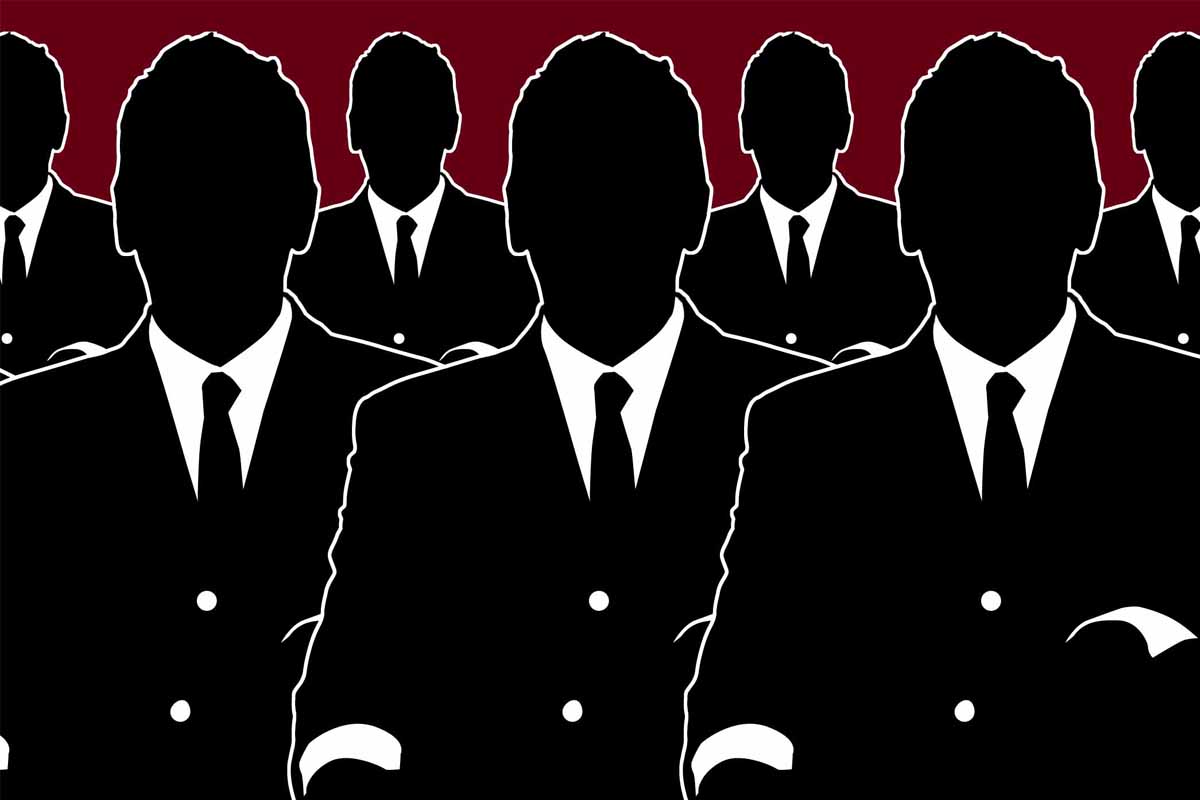Budget must address the needs of small farmers
India prepares to unveil its Budget 2025, there is a growing need to ensure that interests of small and marginal farmers are at the forefront of agricultural policymaking.
In the Bengali channels, the male panellists are articulate and witty; their bonhomie reflects their familiarity despite political differences in this cosy club of only male anelists. Women analysts or politicians feature rarely. Only on topics of violence against women; sometimes, women activists are vociferous. Such a discussion on rape can well have a mother of a girl or a working woman talking about the lack of safety infrastructure in both cities and villages. To keep matters real.

Taking part in a month-long survey conducted by a media network to monitor the composition of a panel of speakers on prime-time television debates, cutting across Indian languages and English, it was found that most of these panels comprised men.
In short, these are known as a ‘manel’ or an all-male panel, which excludes women and other marginalised groups as subject-matter experts in events, conferences and talk shows. Now you may ask what is wrong if a group of men, or rather, talking heads, discuss important and sometimes not-so-important issues. After all, if they are subject experts, why not? Nothing except that it ends in what is known as mansplaining, that is, to explain something to a woman in a condescending manner. We have the man’s word for it. We never get a mix of gender opinions, which are required to build a just society.
Advertisement
In the Bengali channels, the male panellists are articulate and witty; their bonhomie reflects their familiarity despite political differences in this cosy club of only male anelists. Women analysts or politicians feature rarely. Only on topics of violence against women; sometimes, women activists are vociferous. Such a discussion on rape can well have a mother of a girl or a working woman talking about the lack of safety infrastructure in both cities and villages. To keep matters real.
Advertisement
While women anchors have a high rate of visibility, a panel with women—not all—could give a real picture of the problems facing them, but in a deadline medium, the constraints of finding the right people may not also work. So what is needed is a wider database of panellists to be maintained by the channels than just the same old faces.
We are not talking about a 50:50 ratio between the sexes, but to make the programme more interesting, women’s voices are needed. For example, if price rise is the subject or there is a rise in school fees, women would be in a far better position to discuss for no longer only men manage household budgets. Besides, with a number of single women on the rise, their views would count more to reach whoever these discussions are aimed at. Health, especially women’s health, is another area that needs more women’s voices on primetime.
Usually, the soft topics, which erroneously include women’s issues, are relegated to non-primetime slots. Say, for instance, that the death of a female model was one such. The issue was not just about a model, but drunken driving, road safety, and a host of other things as well, but the “sensational” aspect became paramount.
To take another view, men too can join voices advocating equitable rights for women; it need not be only women. The impediments in the present scenario are several. Blame it on lazy journalism. The same people are called to the studio, and it is a time when most women who return from work are busy connecting with their families. So in India, it is the whole ecosystem of a structured patriarchy that perhaps excludes women from panels.
Not just for tokenism; to get a spectrum of views, more women’s participation is required. Even at public discourses. It is the first step towards policymaking or change, if any.
It is not that topics are fitted into water-tight compartments. There are multiple views, and then there are the different gendered views. We need to juggle things around a bit.
Advertisement